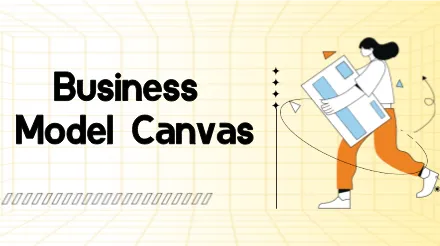In today's digital age, companies of all sizes are increasingly relying on data to drive their growth and success. To achieve this goal, many companies have adopted a model called AARRR, also known as the "Pirate Metrics" model. The AARRR model is a framework that helps companies analyze and optimize the entire process from user acquisition to user retention. In this article, ProcessOn will introduce the five key indicators of the AARRR model in detail: Acquisition, Activation, Retention, Revenue, and Referral .








